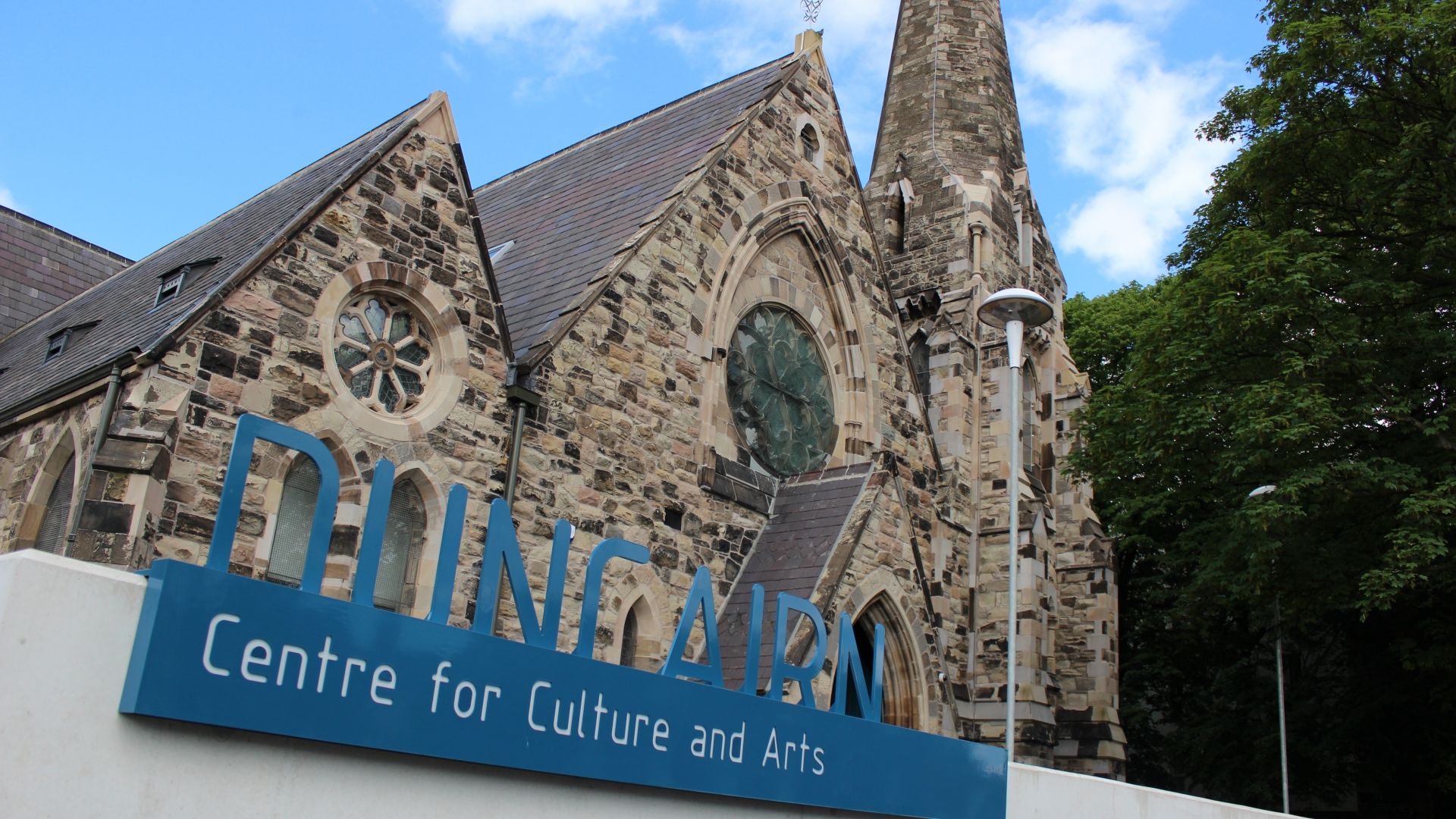Pictures in Isolation
Duncairn’s photography course is one of the activities that had to be suspended in the current climate. Today, course facilitator Stan Nikolov shares with us some great advice to keep up with your photography training while socially isolating.
Even if you weren’t attending the course, you too are very much encouraged to pick up your camera or phone, and give photography a go.
Stan has condensed his good advice in 3 brilliant tips with examples of what you can achieve:
Tip #1
When you are going out to the shop or for your daily walk, you can use photography to document the events happening at the moment.
Photo: Stan Nikolov
Photo: Stan Nikolov
Or you can use it to express how you feel about it.
Photo: Stan Nikolov
Photo: Stan Nikolov
Tip #2
If you have decided to expand your cooking or baking abilities (and by doing so probably have contributed to the flour deficit in the supermarkets, and I include myself in that group) why not spend some time to photograph your masterpiece. Think of your composition and when photographing food it’s a good idea to keep the background simple and clean. You can use the natural light coming from a window or an artificial light source.
Photo: Stan Nikolov
Tip #3
You could photograph an interesting object isolated on a white or black background.
For photographing on black use a dark piece of paper or cloth (black t-shirt) or your background could just be a dark corner of the room. Use a torch or a lamp to light your object but be careful that the light is not spilling onto the background. Light the object from above or from the side. Make sure that your exposure is correct for the lit object and not the dark background. You can achieve this as long as there is more light on your object and less light on the background.
Photo: Stan Nikolov
For white background use a white piece of paper or a white sheet or maybe a wall that is lit by direct sunlight. You can even use a white computer or TV screen. Make sure that your exposure is correct for the light that falls on your object and not for the bright background. You can achieve this as long as there is more light on the background and less light on your object.
Photo: Stan Nikolov
Now it’s time to grab your camera and explore what you can do with it. Use #Duncairnart to show us your work!











